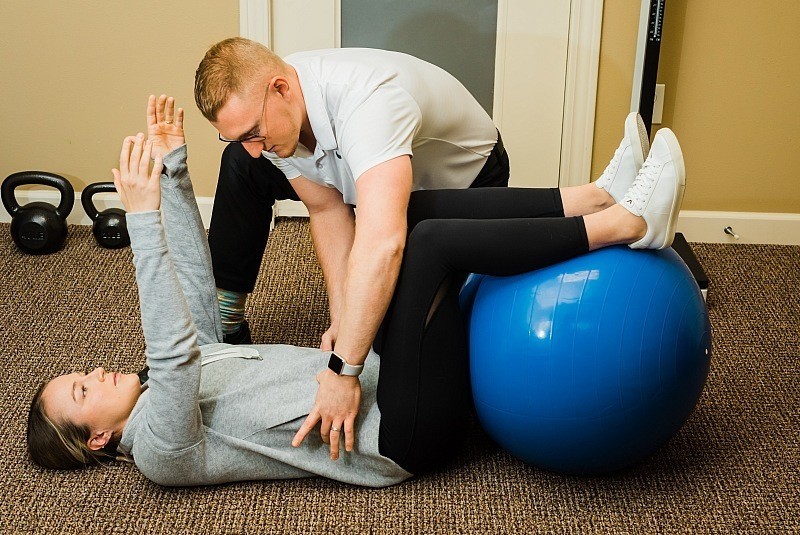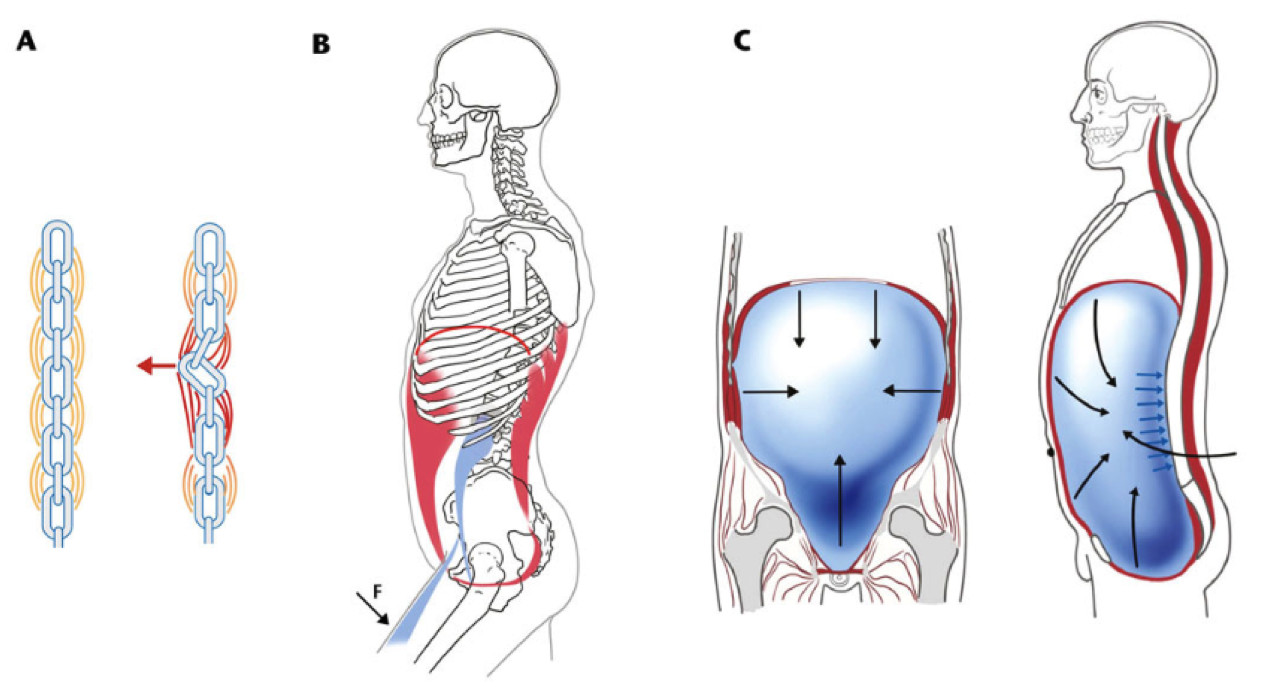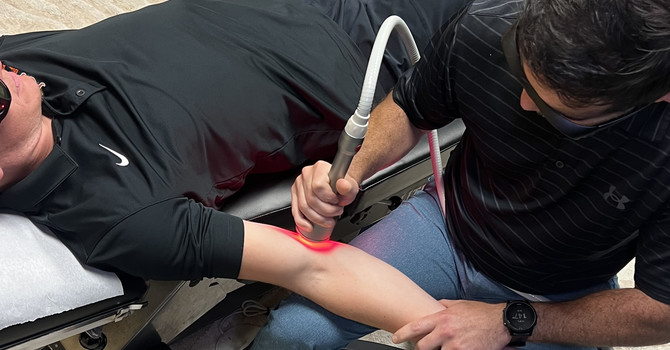
What is DNS?
Dynamic Neuromuscular Stabilization (DNS) originated at the Prague School of Rehabilitation in the Czech Republic and provides an innovative approach to rehabilitation by focusing on the body’s natural movement patterns, deeply rooted in nervous system development.
DNS is based on developmental kinesiology, a scientific framework that examines the connection between the nervous system and musculoskeletal system in the first year of life. During this critical period, proper muscle formation and stabilization strategies are essential for survival and growth.
However, when injuries, chronic pain, or poor posture disrupt normal movement, the body compensates by adopting new stabilization strategies, which can increase the risk of future injuries or pain. This phenomenon is referred to as tonic/phasic dysfunction, where larger, superficial muscles (tonic muscles) take over the role of smaller, deeper muscles (phasic muscles), leaving them weak and underactive.
For example, when the deep gluteal muscles become less active, the body shifts the load to the hip flexors, causing them to become overactive and leading to dysfunction.
Joint Centration:
A core principle of DNS is joint centration, where all muscles around a joint work in harmony, ensuring full contact between the two structures of the joint. This optimal alignment allows for maximal force production, greater range of motion, reduced tension on ligaments, and proper joint stability.
The Role of the Diaphragm in DNS:
The diaphragm plays a crucial role in both respiration and stabilization. In DNS, we focus on using the diaphragm to create stability by aligning the lower ribcage with the pelvis. When the ribcage and pelvis are properly aligned, the body maintains optimal trunk stability. Without this alignment, the body may rely on compensatory patterns, like the extension-compression model of stabilization, leading to inefficiency and potential pain.

Chiropractic Care and DNS:
When chiropractic care is combined with DNS, it offers a unique benefit. Chiropractic adjustments are used to improve mobility in the spine and other joints, allowing for smoother movement and a full range of motion. A gentle force is applied to the joint during the adjustment, which may produce a popping sound, although this is not the primary goal. Following the adjustment, DNS principles are applied to help control and stabilize the new range of motion. The specific movement sequences used during DNS are critical for maintaining stability, and these can be practiced in both the clinic and at home as part of your exercise program.





